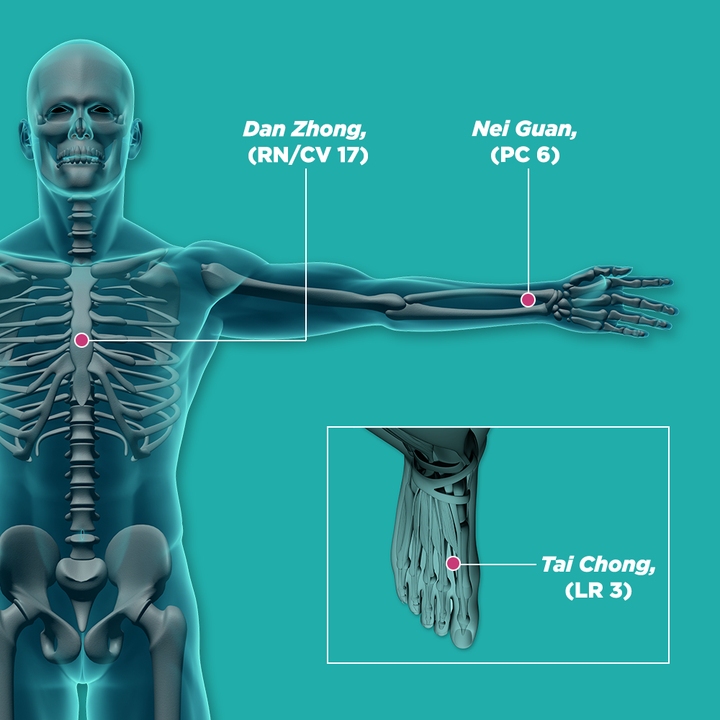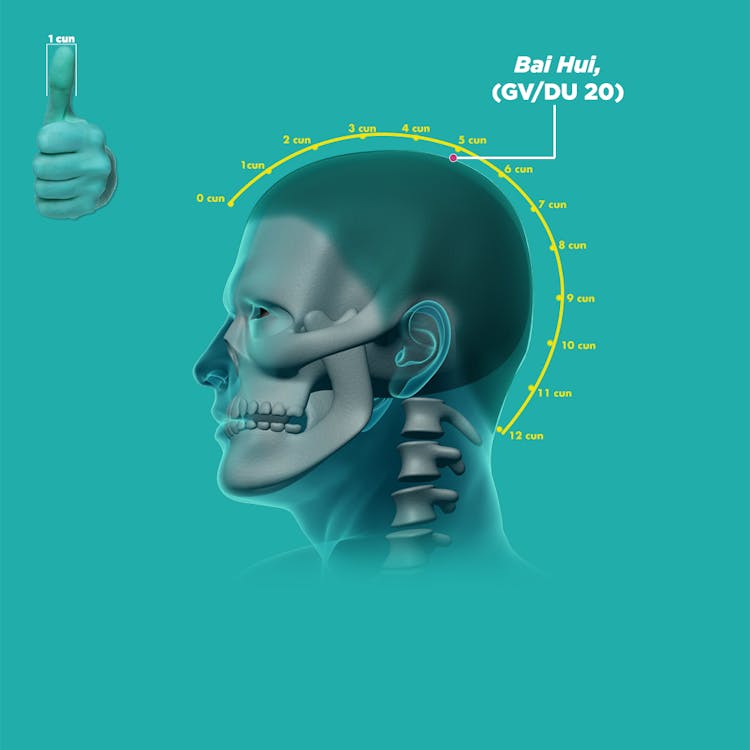8 Ways to Recover from Acute Myocardial Infarction Treatment
Published | 8 min read
Acute myocardial infarction is a life-threatening condition. Rehabilitation can help lower the risk of experiencing another attack in the future.

An acute myocardial infarction — also known as a heart attack — is a life-threatening condition. You must attend to it immediately; a delay of even a few minutes may lead to permanent heart damage or death.
The condition relates to a blockage in one or more arteries. If blood flow to a specific part of the heart stops or is below normal, that area of the organ will die. It’ll also disrupt the blood-pumping sequence of the entire heart.
Here are the causes of myocardial infarction and ways to recover after undergoing treatment for the condition.

Primary Triggers of Acute Myocardial Infarction
An increase in a person’s risk of the condition can be attributed to lifestyle factors. This includes factors that are out of their hands. As a result, they may develop one of three types of myocardial infarction. These are STEMI (ST-segment-elevation myocardial infarction), NSTEMI (Non-ST-segment-elevation myocardial infarction) and a coronary spasm.
Age and gender
A man’s susceptibility to the condition becomes greater after age 45. Whereas women are more vulnerable after menopause or age 50. Separately, Traditional Chinese Medicine (TCM) believes that it is related to the decrease of Kidney qi (vital life force) associated with ageing.
“Kidney yang (active energy) Deficiency may fail to invigorate yang and qi in the five Zang organs, and lead to a Deficiency of Heart yang and qi. A Kidney yin (passive energy) Deficiency may fail to nourish the yin of the five Zang organs and lead to a Deficiency of Liver yin and Internal Consumption of Heart yin. This, in turn, results in Blood Stasis, qi Stagnation, and phlegm and cold retention. Eventually, it’ll obstruct the flow of chest yang and qi, and contract the heart’s vessels,” explains Real Health Medical Chief Physician Chu I Ta.
Hypertension
According to the National Health and Morbidity Survey (NHMS) 2019, 6.4 million Malaysians live with hypertension, non-communicable disease that’s also a risk factor for myocardial infarction or a stroke.
Only half of these people are aware of their condition, as 90% of those from this group are on prescription medication, but only 45% have optimal control of their blood pressure.
In TCM, hypertension is associated with several negative emotions. “Overthinking and worry can damage the Spleen, generate phlegm-Dampness, and stagnate qi in the organ system. Depressed anger can damage the Liver and impair the organ’s ability to regulate qi flow.
It’ll lead to Liver qi Stagnation, transform into Fire, and produce phlegm,” says physician Chu. The combination of qi Stagnation and phlegm will restrict blood circulation. This will aggravate a contraction or an obstruction of the heart’s vessels.
High cholesterol
The NHMS 2019 also cites high cholesterol levels as a risk factor for heart disease. Cholesterol is a type of blood fat that’s needed to perform different functions to keep a person’s body healthy.
However, excess cholesterol can clog and stiffen arterial walls. This makes it difficult for blood to flow through, and put a strain on the heart. In addition, the formation of clots on the fatty, hardened parts of the arteries can halt blood flow completely. It can also provoke a myocardial infarction or stroke when it breaks away and becomes lodged in an artery or vein.
TCM recognises that the overconsumption of fatty, greasy or sugared foods can disrupt the Spleen and Stomach’s ability to transport nutrients. It’ll induce internal phlegm turbidity, which will obstruct qi flow and give rise to a contraction or an obstruction of the heart’s vessels.
Other medical conditions
Acute myocardial infarction can also happen without arterial blockage but accounts for only 5% of all attacks. It can arise from health issues, such as:
- Electrolyte imbalance
- Artery spasms
- Eating disorders
- Diseases that narrow blood vessels
- Physical trauma that tears or ruptures coronary arteries
- Blood clot or embolism which gets trapped in a coronary artery
An attack of pathogenic yin cold and congenital and chest yang Deficiency may also prompt cold retention and qi Stagnation. Consequently, there’ll be clogging of qi flow and chest yang, as well as contractions of the heart’s vessels.
8 Steps to Complete Recovery from Acute Myocardial Infarction Treatment
Treatment for myocardial infarction involves restoring blood flow to the affected area of the heart as soon as possible. It can be achieved through numerous methods that are used in tandem, including:
- Supplementary oxygen
- Percutaneous coronary intervention
- Coronary artery bypass grafting
- Anti-arrhythmia, anti-clotting, thrombolytic and pain relief medications
Once a person completes their treatment regimen, it’ll take a few weeks before they can resume a normal way of life. Thus, the post-treatment goal will be to keep the heart healthy, reduce the risk of related medical conditions, and prevent further damage to the organ.
Undergo a Cardiac Rehabilitation Programme
Set in a supervised setting, this programme enables a person to:
- Recover completely from myocardial infarction
- Gain in-depth knowledge about their condition
- Learn strategies that help them avoid their disease becoming more severe
People who start and complete as many sessions of the programme within five years have shown a remarkable 30% drop in their risk of another attack or death. It’s also necessary for a person to schedule an appointment with their healthcare provider four to six weeks after leaving the hospital. Undergoing diagnostic tests at regular intervals is also key towards ascertaining the presence of blockages in the coronary arteries.
Consume Herbal Decoctions
Herbal decoctions or formulas can be proposed by a TCM physician to address symptoms of the condition during the acute phase and the root cause in the remission phase. On the other hand, treatment will focus on tackling both aspects in people with a mix of deficiencies or excess syndrome.
Heart and Kidney yin Deficiency
This deficiency syndrome presents with symptoms like palpitations, night sweats, chest pain and weakness in the lumbar area and knee joints. It’s advisable to consume a formula called zuo gui yin (左归饮) to nourish Kidney yin, improve Heart health and calm the mind. People with phlegm and excessive fluid retention that manifests as a greasy tongue coating and a deep, taut pulse should refrain from using the formula.
Heart and Kidney yang Deficiency
Stuffy chest, spontaneous sweating and a deep, thready pulse are notable symptoms of this syndrome. The consumption of a formula called you gui yin (右归饮) can help resolve the syndrome by replenishing qi, warming yang, circulating blood and clearing the collaterals. People with phlegm retention and Dampness should avoid this formula as it consists purely of herbal tonics.
Qi and yin Deficiency
This syndrome can be identified through symptoms like palpitations, shortness of breath and a red tongue with scanty coating. Consuming sheng mai san (生脉散) and ren shen yang rong tang (人参养荣汤) formulas can treat the syndrome by circulating blood, nourishing yin, replenishing qi and clearing the collaterals.
Heart-blood obstruction
The existence of a dark purple tongue and stabbing pain in a single, fixed position can indicate this syndrome. The consumption of xue fu zhu yu tang (血府逐瘀汤) helps do away with these symptoms. It can circulate blood, resolve Stasis, clear the meridians and ease pain. Though, pregnant women or people without Blood Stasis should steer clear of this formula.
Internal obstruction of phlegm-turbid
Usually, people with this syndrome can experience oppressive pain, a stuffy chest, slippery pulse, and greasy tongue coating. As such, the focus of treatment with a herbal formula – kuo lou xie bai ban xia tang (瓜蒌泻白半夏汤) – will be to clear yang, remove turbidity and resolve phlegm. It’s also suitable for a person to use this formula with xue fu zhu yu tang (血府逐瘀湯) if they’ve been diagnosed with both phlegm-turbidity and Blood Stasis.
Yin Cold retention
Having chest pain that radiates to the back and becomes worse with cold is a discernible sign of yin Cold retention. Likewise, cold limbs, a pale complexion, and a deep, thready pulse are common symptoms of this syndrome.
A formula called kuo lou xie bai bai jiu tang (瓜蒌泻白白酒汤) is effective for warming and clearing yang, unblocking obstruction and dissipating Cold. Meanwhile, adding ingredients like cinnamon (gui zhi, 桂枝), red sage root (dan shen, 丹參) and immature bitter oranges (zhi shi, 枳实) to the formula are appropriate for people with a yang Deficiency body constitution.

Stimulate Acupoints
Pressing and kneading multiple acupoints daily can soothe chest pain and avert the condition. The acupoints that you can consider are:
- dan zhong (CV17, 膻中)
- bai hui (GV20, 白会)
- ji quan (HT1, 極泉)
- shen men (HT7, 神門)
- tai chong (LR3, 太沖)
- nei guan (PC6, 內關)
The road to a normal way of life after acute myocardial infarction treatment can be arduous. Take comfort in knowing that proper guidance and traditional remedies can help lift you physically and mentally. Do speak to a clinical and TCM physician beforehand about the safety of adopting both systems of medicine during recovery.
References
- Cleveland Clinic. Heart Attack (Myocardial Infarction). [online] [Accessed 10 March 2022]
- Ministry of Health Malaysia. National Health and Morbidity Survey 2019. [online] [Accessed 10 March 2022]
- Cleveland Clinic. Heart Attack Recovery & Cardiac Rehabilitation. [online] [Accessed 10 March 2022]
Share this article on









